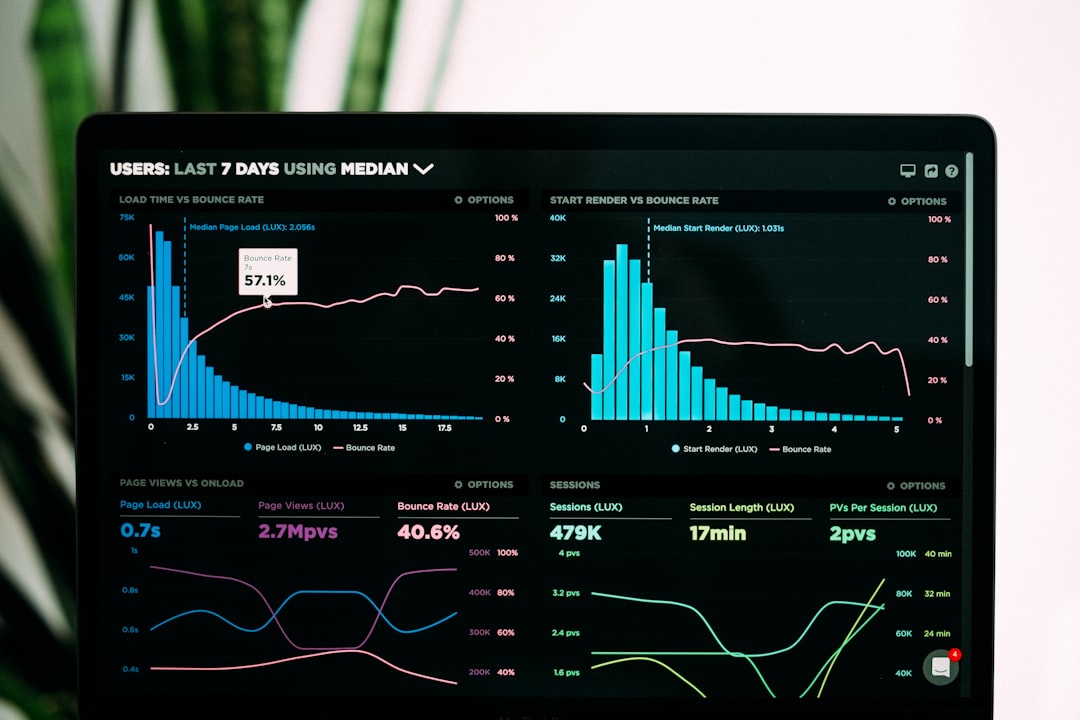Conducting a comprehensive site audit is crucial for any blog aiming to perform well in search engine rankings, attract readers, and provide a seamless user experience. A site audit evaluates the health of a blog across various aspects, including technical performance, content quality, and SEO compliance. It helps to identify and fix issues that could hinder the blog’s visibility and user engagement.
1. Technical Performance
The first and foremost area to consider is the technical performance of the blog. A slow or poorly functioning website can drive visitors away and negatively affect search engine rankings.
- Page Speed: Page loading times should be minimized to improve user experience and SEO. Tools like Google PageSpeed Insights help pinpoint what’s slowing down the site.
- Mobile-Friendliness: With an increasing number of users accessing blogs via smartphones, having a responsive design is essential.
- Broken Links: Scanning for broken links helps avoid 404 errors and enhances user navigation.
- Proper Indexing: Ensure that important pages are being indexed by search engines and that irrelevant or duplicate content is de-indexed.

2. On-Page SEO Factors
Optimizing individual pages is key to ensuring that the blog content is discoverable and ranks well. During a site audit, it’s essential to review these on-page elements:
- Title Tags and Meta Descriptions: Each page should have a unique and descriptive title and meta description optimized with relevant keywords.
- Header Tags: Using header tags (H1, H2, etc.) properly structures content for both users and search engines.
- Keyword Usage: Ensure keywords are naturally integrated into content without stuffing, and that topic relevance is maintained.
- Image Optimization: Alt texts should be used for all images, file sizes should be compressed, and filenames should be descriptive.
3. Content Quality and Structure
High-quality content is the lifeblood of a successful blog. A site audit should systematically evaluate published posts to ensure they are up-to-date, relevant, and valuable to readers.
- Content Relevance: Outdated posts need updating or removal. Ensure that each article still answers the searcher’s intent.
- Duplicate Content: Look for internal content duplication that can dilute SEO efforts.
- Internal Linking: Pages should logically link to one another to enhance navigability and promote related content.
- Content Readability: Use legible fonts, appropriate spacing, and clear formatting to enhance the reader’s experience.

4. User Experience (UX)
A seamless and intuitive experience keeps visitors coming back. UX audits assess the layout, design, and navigation of the blog:
- Navigation and Menu Structure: Menus should be easy to find and logically organized to facilitate discovery of content.
- Visual Design: The blog should have a clean and appealing design that aligns with its brand identity.
- Call-to-Actions (CTAs): CTAs like newsletter sign-ups or downloadable resources should be clearly visible and strategically placed.
5. Security and Technical Hygiene
Security is an often-overlooked aspect of site audits but is fundamental to building trust with visitors and search engines alike.
- SSL Certificate: Make sure the site uses HTTPS for secure connections.
- Clean URL Structure: URLs should be short, descriptive, and include relevant keywords.
- Proper Use of Redirects: Ensure old URLs redirect properly to avoid dead ends and retain link equity.
Frequently Asked Questions (FAQ)
- Q1: How often should a blog undergo a site audit?
- It’s recommended to conduct a site audit at least every 3–6 months to stay updated with algorithm changes and site growth.
- Q2: Are there tools available to automate a site audit?
- Yes. Tools like SEMrush, Ahrefs, Google Search Console, and Screaming Frog can automate many aspects of a site audit.
- Q3: What is the most critical factor in a site audit?
- While all aspects are important, technical performance and content quality usually have the most immediate impact on user retention and SEO rankings.
- Q4: How can broken links affect a blog?
- Broken links can frustrate users and signal poor site maintenance to search engines, potentially harming rankings.
- Q5: Should internal links be checked during an audit?
- Absolutely. Proper internal linking improves site structure, aids navigation, and helps search engines crawl pages more effectively.
